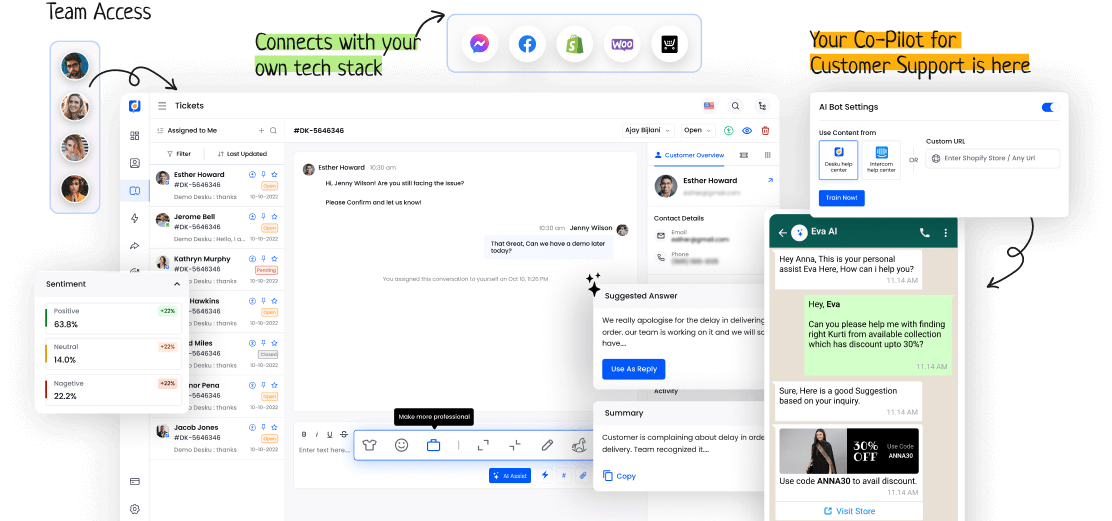Cost per call is more than a number. It's a key sign of how efficient a business is and how good its customer service is. Knowing this metric can show how well resources are used, how costs are managed, and how happy customers are.
Companies can use this to make their operations better and improve customer experiences. Looking at cost per call can show many chances and problems. This can change how they deal with their customers.
I. Definition of Cost Per Call
The cost per call measures the average spend for each customer call a company receives. This measure helps businesses gauge how well they handle calls.
II. Calculation and Significance of Cost Per Call
To know the calculation and importance of cost per call, companies have to study the money impact of every customer talk. You calculate it by dividing all costs by the amount of calls made. This figure helps track how well resources are used per call.
Watching cost per call lets companies find where to get better, boost customer service, and make operations run at their best.
III. Impact of Cost Per Call on Business Profitability
Looking at how Cost Per Call affects business profits gives us key information about how well the operation runs and money matters.
By controlling Cost Per Call well, firms can grow their profit margins. They do this by putting resources where they're most needed and making their operations smoother.
Plus, a small Cost Per Call can help keep customers coming back. This is because good and cheap customer service often makes clients more loyal and happy.









